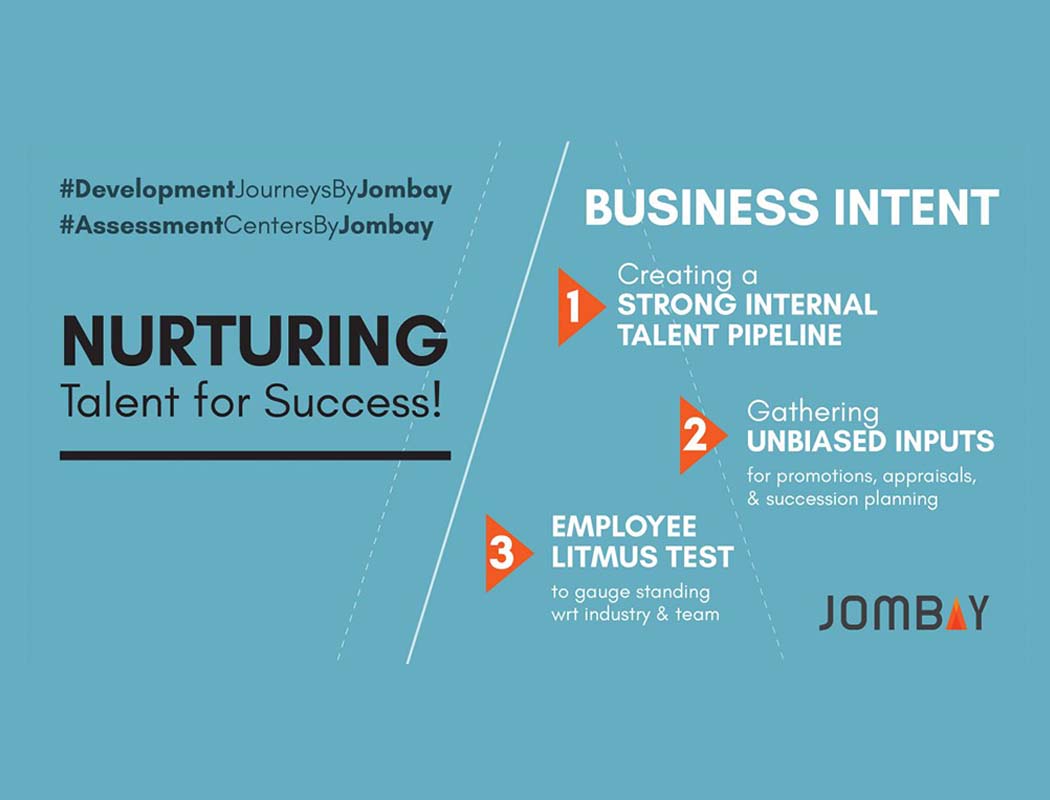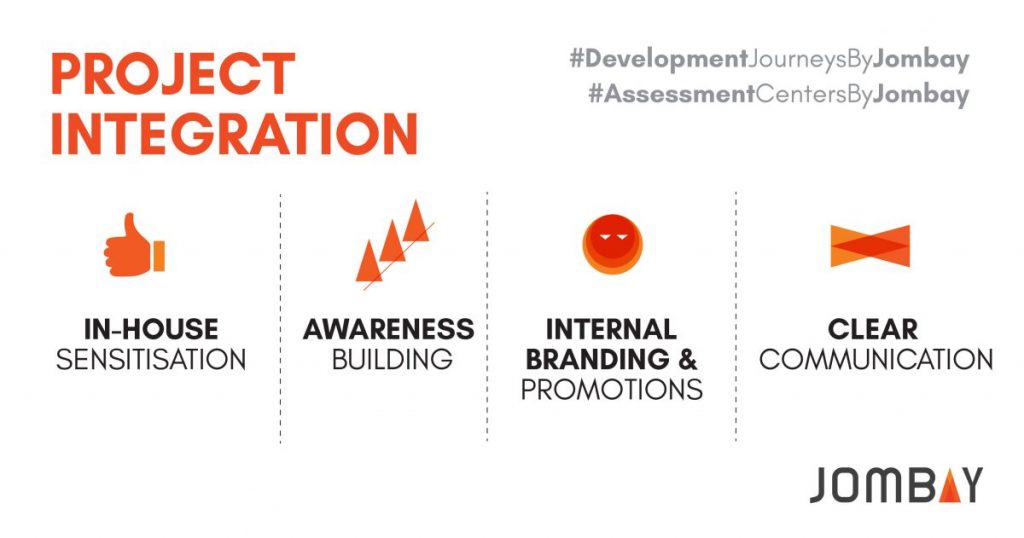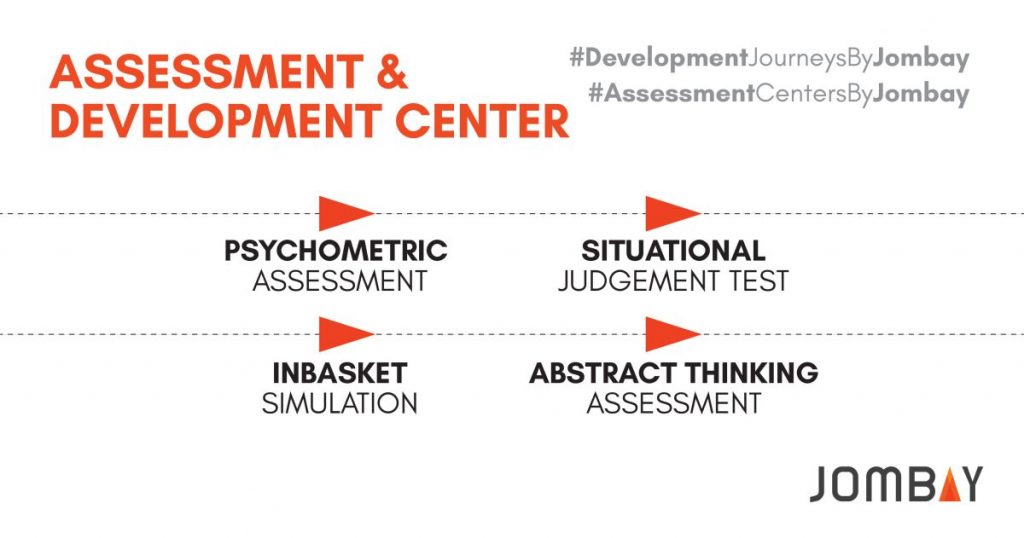Assessment Centers, Pharma, Success Story, Succession Planning
Success Story: Internal Talent Pipeline at a Large pharma company
- By wpadmin
- No Comments
29 May

The devil you know is better than the devil you don’t 
I proudly present an interview with the client – integral partners who ensured the project’s success! We ask them about their learning from this successful implementation.
1. What was the business context/business need/intent of running this exercise at the organization?
- The vision for the development center we wanted to run was to take a step towards creating a strong talent pipeline internally. We tend to look outwards 80% of the time, and look inwards about 20% of the time when recruiting for new roles. We wanted to narrow this gap.
- Another aim of running the development center was to gather unbiased inputs for promotions, year-end appraisals, and succession planning.
- It also allowed us to do an employee litmus test, to gauge where they stand with respect to the industry, and also within their own team. Accordingly, the HR teams will help them chart their individual career progression plan for the next 1-2 years.
- We ran this development center for managers in various functional roles over the last year.

2. How was the Jombay Development Center integrated into the scheme of things at the organization? How comfortable has it been to plug it into your systems?
We have taken efforts to educate & communicate our intent behind running this exercise to employees. This in-house sensitization & awareness building was done for HRs and business heads. We spent time on branding this development center internally, running awareness campaigns on email & tried to remove detractors by educating them. The aim was to make people aware of the benefits and comfortable with the process. We clearly communicated this a “development center” to make them aware that the aim is to develop individuals. That the organisation was keen to invest in them.

3. What was your experience of running the Development Center? What were some of the participant responses? How have you evaluated the success of this initiative?
Our overall experience was good. The development center was interesting and engaging & challenging for our participants. Most of the participants were engaged and on board with the exercise, and saw merit in doing development centers on a regular basis. It gave them an opportunity to evaluate with industry talent, boosted their confidence, direction, gave them better growth opportunities & kept them on their toes:) Results of every development center were shared, and we candidly asked business stakeholders if they agreed with them. We were very pleased that 90% responses were in agreement.

4. What was the format of your previous Development Centers? What have been some challenges that you faced in the past when running these?
We have been running face-to-face development centers for 2 years, and had some constraints such as:
- Internal assessors had to be trained, and we spent effort in training them
- There was always an element of doubt about biases affecting the outcome
While we still see merit in using physical development centers for some levels, we thought we could use the opportunity to try out a virtual/hybrid/blended model for some roles.
5. How has switching to a virtual model impacted logistics?
We chose to replace physical interventions with a virtual development center for supervisors & managers. A range of Jombay Assessment tools, from Psychometric Assessment, Situational Judgement Test, Abstract Thinking Assessment, to Inbasket Simulation were used. Switching to a virtual model helped us see considerable savings in time & cost.
6. What were some of your key learnings for implementing a successful and scalable Development Center exercise?
The intent, or WHY an organisation runs a development center needs to be very clear. WHAT you want to derive from the exercise is also critical. It is equally important to communicate this to the end user Next, it is important to plan out what to do with participants who have gone through a development center. (From training, performance support to who will play what role (Line manager, BU head, BU HR, L&D). We also found it is useful to spend time identifying which functions and industries to benchmark our talent against.
7. What has been the approach to leadership development?
We aim to create and strengthen our internal talent pool and give a fair opportunity to everyone. Our internal policy maintains criteria for eligibility & allows everyone to get a chance to qualify once they are eligible. We communicate very fairly and openly the opportunities that the development center opens up for participants. An early jump, more responsibility, a personalized development plan, training programs and development journeys for all participants, and additional development journeys for those identified as HiPots is what we had chalked out & communicated clearly.
Recent Posts
- Empowering Nexus Select Malls to Build Strong Future Leadership November 19, 2024
- Helping Nykaa scale business growth by building efficient managers November 12, 2024
- Helping Bluestar increase managerial efficiency November 6, 2024
- Helping Max retail stores build efficient store managers October 29, 2024
- Helping Oracle Technovate Build Future Leaders October 22, 2024
Categories
- 360 Degree Feedback
- Assessment Centers
- BFSI
- Blog
- Conglomerates
- Consumer Goods
- Development Programs
- Digital Learning
- End to End
- First Line Managers
- Future Ready Manager Assessment
- GICs
- High Potential Identification
- Hiring
- HR40under40
- iDev
- IT/ITeS
- Jombay
- Leadership Assessments
- Leadership Development
- Managerial Assessments
- Managerial Development
- Manufacturing
- Pharma
- Recruitment
- Retail
- Success Story
- Succession Planning
- VILTs
